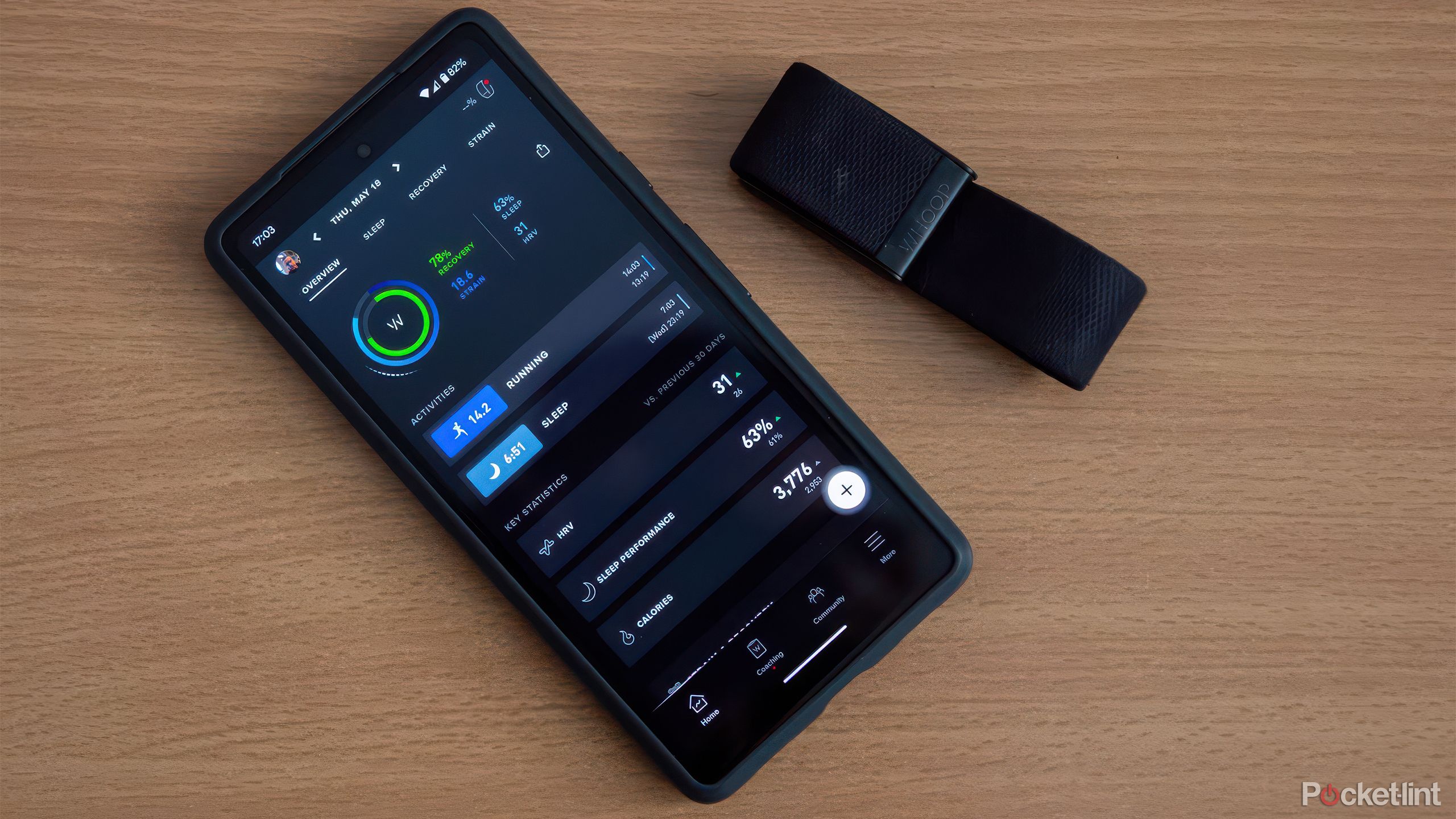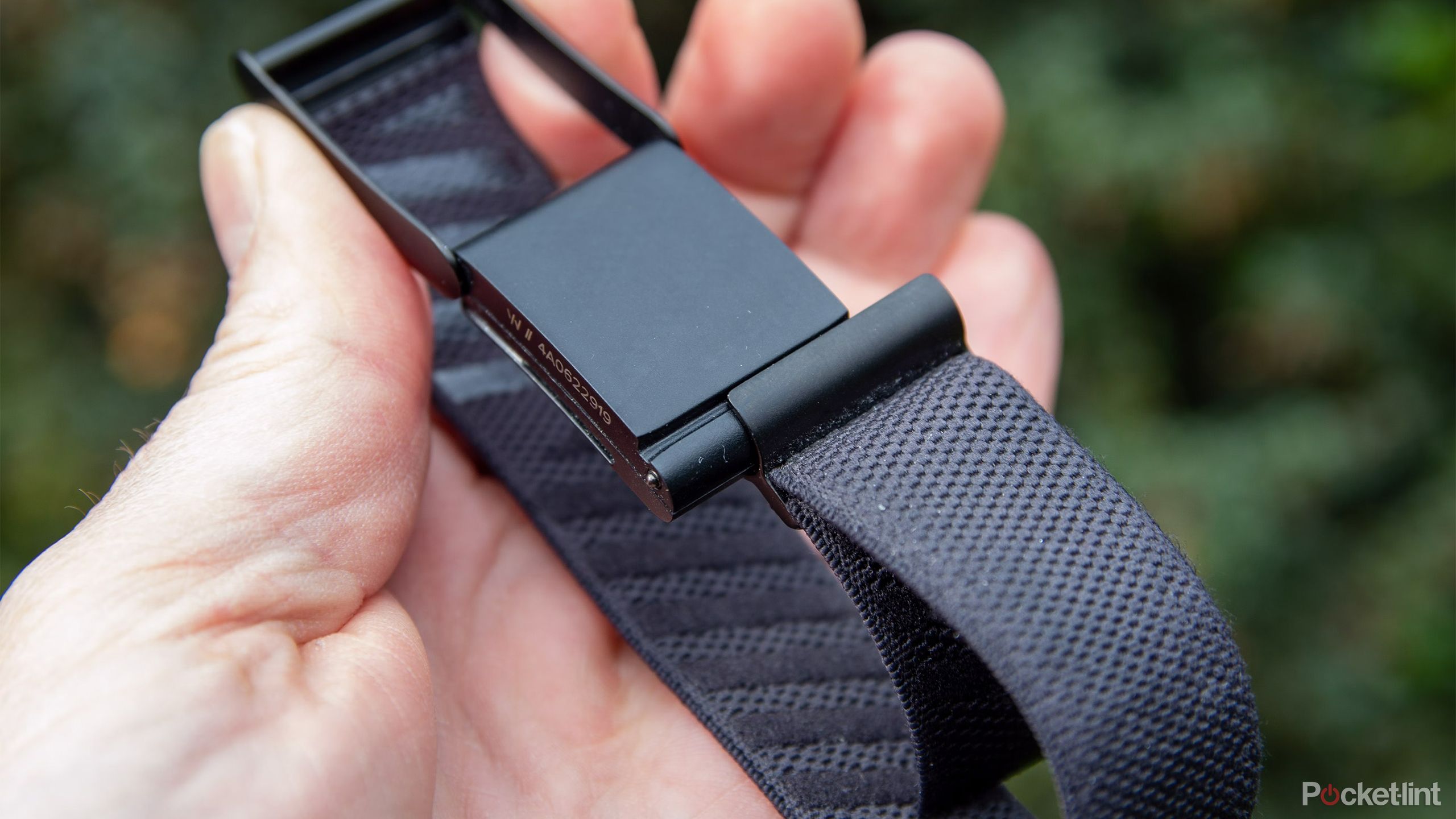Key Takeaways
- The Whoop 5.0 could get new sensors for things like hydration, UV exposure, blood pressure, and body composition.
- Whoop operates on a subscription model, so you’ll get the 5.0 automatically if you pick up the 4.0 now.
- It’s worth waiting for the 5.0 band if you already have a fitness tracker or want top-flight data.
This is one of those rare cases where shopping can be a non-decision for some people. Part of the point of Whoop’s subscription model is that whenever new hardware is released, you get it automatically — so if you want a fitness tracker immediately and you’re severely tempted by the Whoop 4.0, you might as well hop in while you wait for the Whoop 5.0.
Things only become tricky if you have an existing fitness tracker, and/or you like the idea of Whoop but aren’t fully sold on the 4.0 band’s specs. If either of those points apply to you, here’s what you should consider about the Whoop 5.0, and whether any form of Whoop membership is a good idea.
When will the Whoop 5.0 be released?
Any day now
There’s no official release date yet, but rumors have pointed to a launch before the end of 2024. A new tracker seems due based on Whoop’s release history so far:
- Whoop 1.0: 2015
- Whoop 2.0: 2016
- Whoop 3.0: 2019
- Whoop 4.0: 2021
Note that while the first two models were released back-to-back, the company seems to have settled into a three-year cycle, which makes sense — it stretches out subscriber revenue while letting technology improve enough to make a meaningful difference. The Whoop band is, after all, a screenless tracker, so there aren’t any graphics or onboard apps to worry about.
Whoop 4.0 vs Whoop 5.0: What we’re expecting to change
New sensors, and maybe more
Though we should see refinements to Whoop’s existing sensor tech, rumors cited by The Independent point to new sensor types too, such as ones for hydration and UV exposure. Those should mostly benefit people who exercise outdoors in hot climates, but could also provide a better picture for everyone — after all, drinking too little (or too much) water will harm you, and no one wants to risk skin cancer.
The biggest addition could be blood pressure monitoring, not to be confused with heart rate (HR) tracking. It’s not just another health indicator, since high blood pressure can of course be a sign of dangerous cardiovascular problems. Relatively few general-purpose fitness trackers have this tech, with perhaps the best-known being in Samsung’s Galaxy Watch lineup.
The biggest addition could be blood pressure monitoring.
There’s more. We could get an updated accelerometer for enhanced motion tracking, and an NIRS (near-infrared spectroscopy) sensor for body measurements. While it’s notoriously difficult for wrist- or arm-based sensors to gauge things like fat and muscle composition, even rough figures can be useful for gauging whether you’re cutting or bulking effectively. There’s no sense cutting fat sharply if comes at the expense of muscle, for instance.
Non-sensor upgrades could potentially include a slimmer design and longer battery life, although there aren’t any rumors to support that — it’s just a common aim with wearables. Likewise, it would make sense for Whoop to implement fully wireless charging, given how many other wearables have that already.
Should you buy the Whoop 4.0 or wait for Whoop 5.0?
No rush
If you’ve already got a fitness tracker or insist on the best possible data, you might want to wait for the 5.0 release. The Whoop 4.0 is a solid enough product, but it does have weakpoints (more on those in a moment), and the cost of a Whoop subscription is pretty steep at $239 for one year or $399 for two years. You’ll feel better about that commitment with fresh hardware, and presumably Whoop will improve its app around the same time.
If you’ve already got a fitness tracker or insist on the best possible data, you might want to wait for the 5.0 release.
If you don’t have an existing tracker, it could be worth jumping in with the 4.0 band, as long as you know what you’re getting into with the Whoop ecosystem. Its focus is on strain, recovery, and overall health, so don’t expect things like in-depth running stats or tips on benching 300 pounds. People looking for features like GPS mapping and quantified athletics should go elsewhere. Whoop could help you maximize your workout energy however, or tell you whether those heavy lifts are too much for your joints at the moment. That’s valuable to some people.
Trending Products

SAMSUNG FT45 Sequence 24-Inch FHD 1080p Laptop Monitor, 75Hz, IPS Panel, HDMI, DisplayPort, USB Hub, Peak Adjustable Stand, 3 Yr WRNTY (LF24T454FQNXGO),Black

KEDIERS ATX PC Case,6 PWM ARGB Fans Pre-Installed,360MM RAD Support,Gaming 270° Full View Tempered Glass Mid Tower Pure White ATX Computer Case,C690

ASUS RT-AX88U PRO AX6000 Twin Band WiFi 6 Router, WPA3, Parental Management, Adaptive QoS, Port Forwarding, WAN aggregation, lifetime web safety and AiMesh assist, Twin 2.5G Port

Wireless Keyboard and Mouse Combo, MARVO 2.4G Ergonomic Wireless Computer Keyboard with Phone Tablet Holder, Silent Mouse with 6 Button, Compatible with MacBook, Windows (Black)

Acer KB272 EBI 27″ IPS Full HD (1920 x 1080) Zero-Body Gaming Workplace Monitor | AMD FreeSync Know-how | As much as 100Hz Refresh | 1ms (VRB) | Low Blue Mild | Tilt | HDMI & VGA Ports,Black

Lenovo Ideapad Laptop Touchscreen 15.6″ FHD, Intel Core i3-1215U 6-Core, 24GB RAM, 1TB SSD, Webcam, Bluetooth, Wi-Fi6, SD Card Reader, Windows 11, Grey, GM Accessories

Acer SH242Y Ebmihx 23.8″ FHD 1920×1080 Home Office Ultra-Thin IPS Computer Monitor AMD FreeSync 100Hz Zero Frame Height/Swivel/Tilt Adjustable Stand Built-in Speakers HDMI 1.4 & VGA Port

Acer SB242Y EBI 23.8″ Full HD (1920 x 1080) IPS Zero-Body Gaming Workplace Monitor | AMD FreeSync Expertise Extremely-Skinny Trendy Design 100Hz 1ms (VRB) Low Blue Gentle Tilt HDMI & VGA Ports









